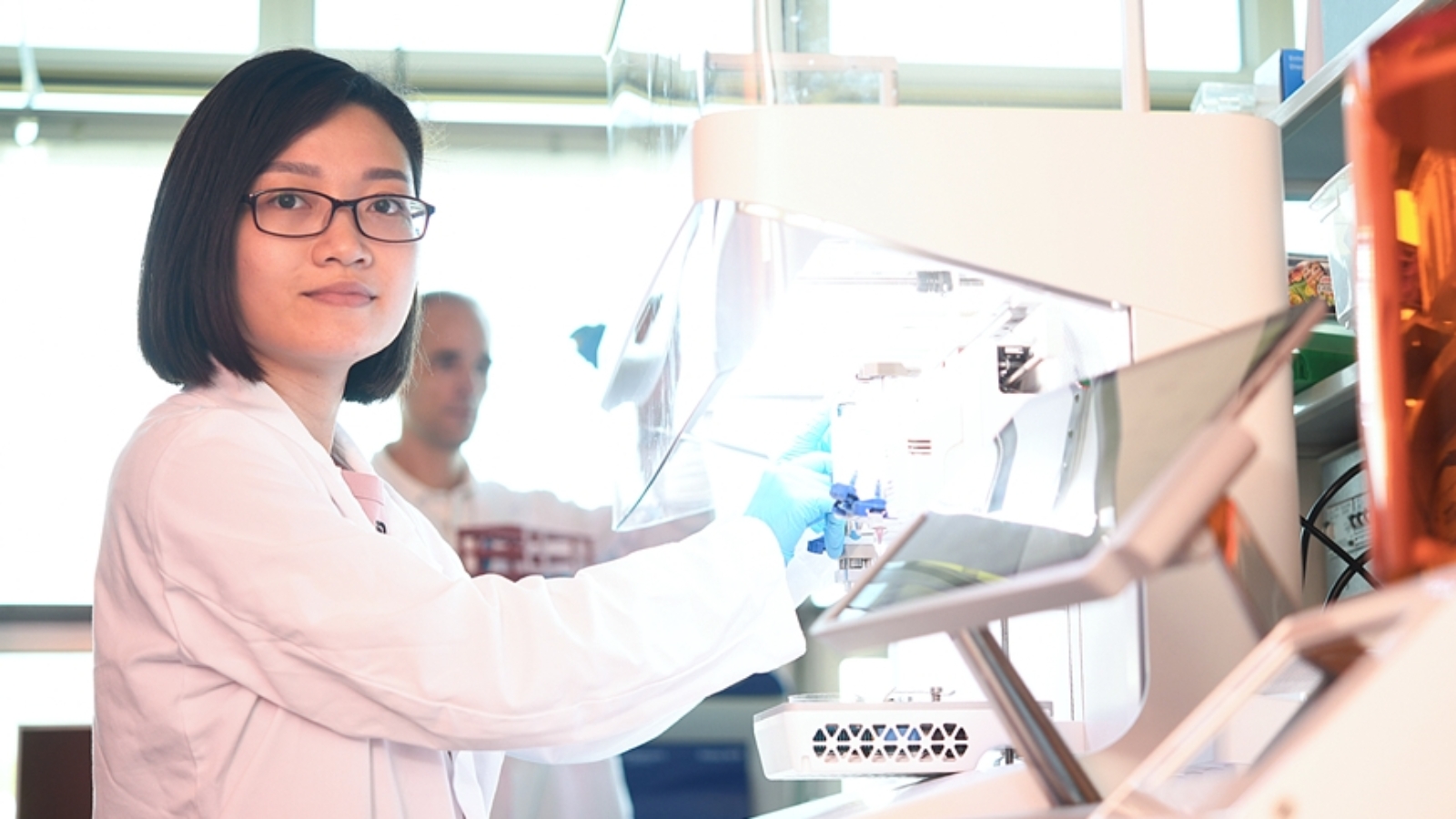Scientists in Switzerland have begun developing artificial corneas using 3D printing technology, in a project that could eventually help repair eye damage and restore vision for people affected by corneal disease or injury.
The initiative is being led by the Swiss Federal Laboratories for Materials Science and Technology (Empa) in collaboration with the University of Zurich, the Zurich Veterinary Hospital, and Radboud University in the Netherlands. According to a news report, the Head of Empa’s Biointerfaces Laboratory Markus Rottmar said the research is still in its early stages. The project began roughly a month and a half ago, and it will take several years before the 3D printed implants are ready for clinical use.

Reducing reliance on donor corneas
The cornea is the transparent, dome-shaped layer that covers the front of an eye. It plays a crucial role in focusing light onto the retina, allowing clear vision. When the cornea is damaged by injury, infection, or disease, it can lead to severe vision problems and, in some cases, blindness. Millions of people worldwide suffer from such conditions, but suitable donor corneas remain in short supply.
To address this shortage, the Swiss-led research team aims to produce a synthetic replacement that mimics the structure and function of a natural cornea. The artificial implant will be made from a hydrogel combining collagen and hyaluronic acid, two substances naturally found in the human body. Collagen provides strength and structure, while hyaluronic acid helps retain moisture and supports tissue repair.
Using 3D printing, the team can shape each implant to match the exact curvature and dimensions of an individual’s eye. This level of precision is expected to allow surgeons to close corneal defects seamlessly without stitches, potentially reducing the length of surgery and lowering the risk of post-operative complications such as infections, scarring, or inflammation.
In the long term, researchers also plan to integrate stem cells derived from the patient’s own eye into the printed material. These cells could encourage the eye to heal itself after the implant is placed, improving the chances of successful recovery and long-term stability of the cornea.
Once the initial development phase is completed, the team will move to preclinical testing to evaluate the implant’s safety and performance before beginning clinical trials in humans. The project is supported by funding from a private foundation, Empa confirmed.
Advances in 3D printed corneas
Manufacturing on Demand
The use of bioprinting to restore vision and repair corneal damage has become a major focus of research globally.
For example, researchers from L V Prasad Eye Institute, IIT Hyderabad, and the Centre for Cellular and Molecular Biology successfully tested India’s first 3D printed human cornea in animals. The implant was created using a bio-ink made from human donor tissues and was completely free of animal or synthetic materials.

When transplanted into a rabbit’s eye, it proved optically and physically suitable for vision restoration. Developed from a decellularized corneal matrix and stem cells, the bioprinted hydrogel supported stromal regeneration while maintaining natural curvature, marking a major step toward affordable and ethical human corneal transplants in India.
Researchers from Pohang University of Science and Technology and Kyungpook National University School of Medicine successfully bioprinted an artificial cornea using corneal tissue-derived bioink. Made from decellularized corneal extracellular matrix, the bioink had shear-thinning properties that allowed scientists to regulate collagen fibril alignment through controlled shear stress during printing.
By adjusting nozzle diameter and flow rate, they replicated the cornea’s natural lattice pattern, which is essential for transparency. After four weeks in vivo, the printed cornea remodeled into a structure resembling native human tissue, demonstrating both transparency and biocompatibility.
.
You might also like:
Stuttgart Research Advances In-Body 3D Printing with New €1.8M Grant: Led by Dr. Andrea Toulouse from the Institute of Applied Optics, the project has received €1.8 million in funding from the Carl-Zeiss-Stiftung (CZS) through its CZS Nexus program. This funding has allowed Dr. Toulouse to establish a junior research group focused on micro-optics and fiber-based 3D printing.
* This article is reprinted from 3D Printing Industry. If you are involved in infringement, please contact us to delete it.
Author: Ada Shaikhnag


Leave A Comment